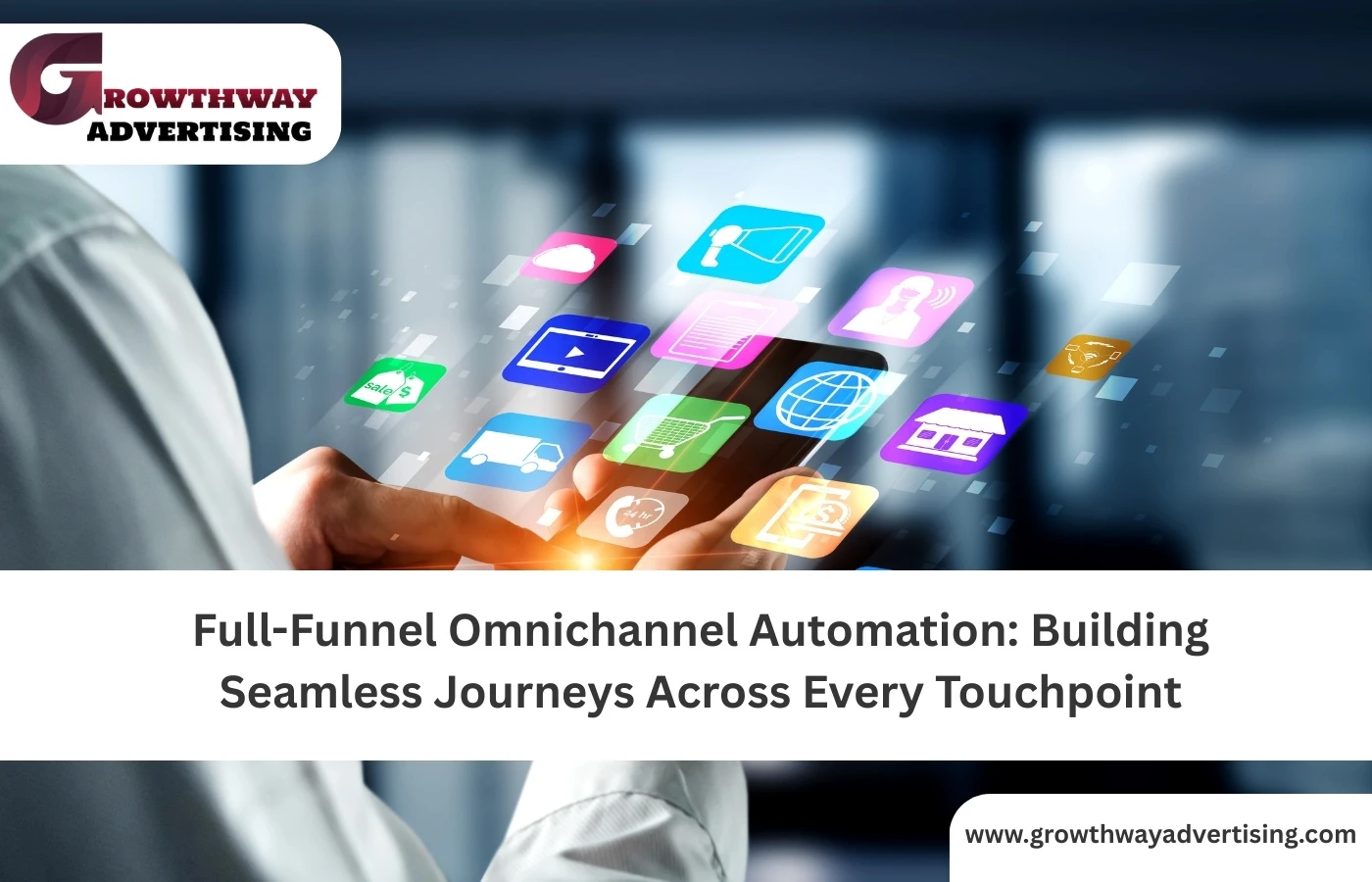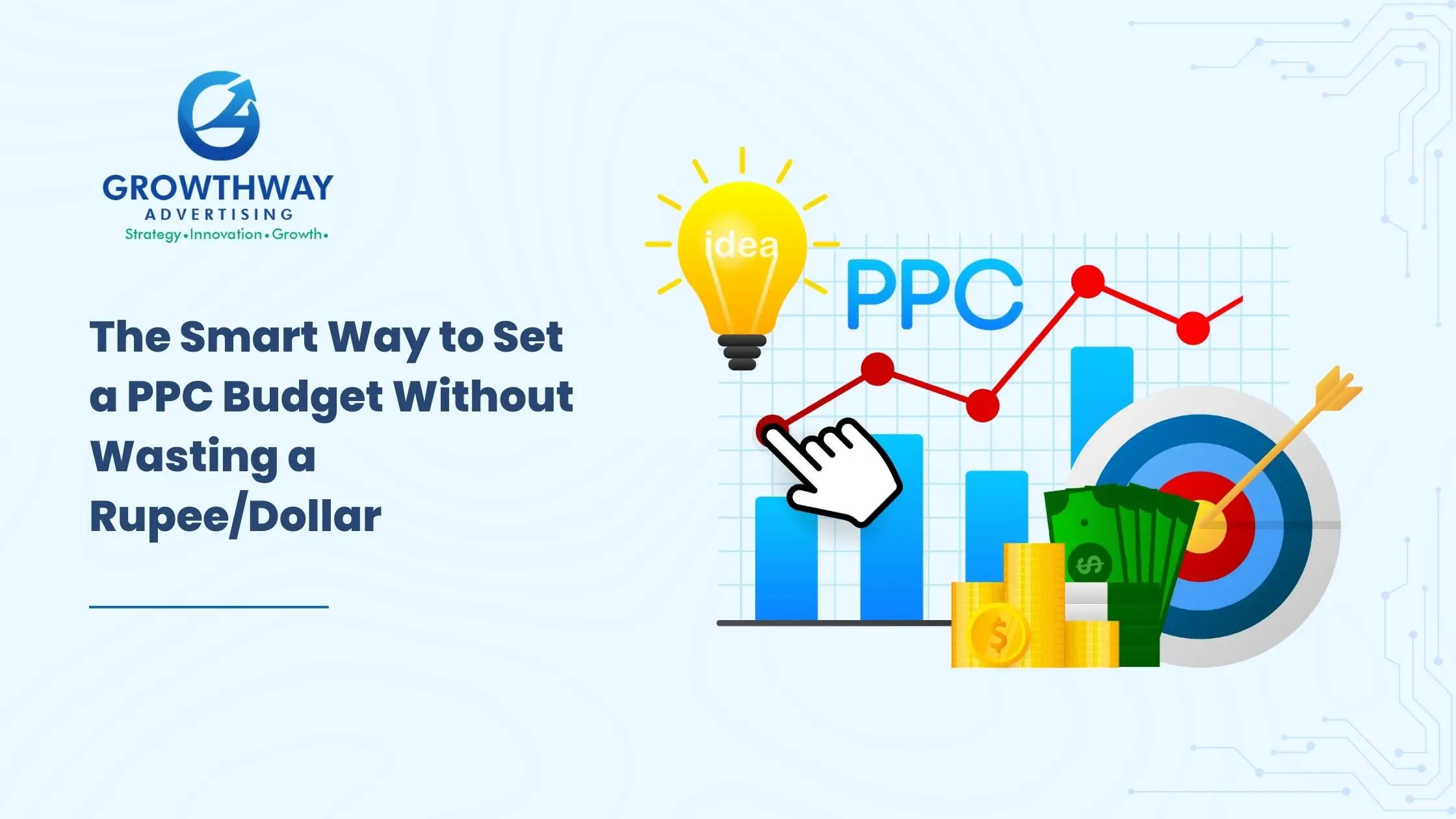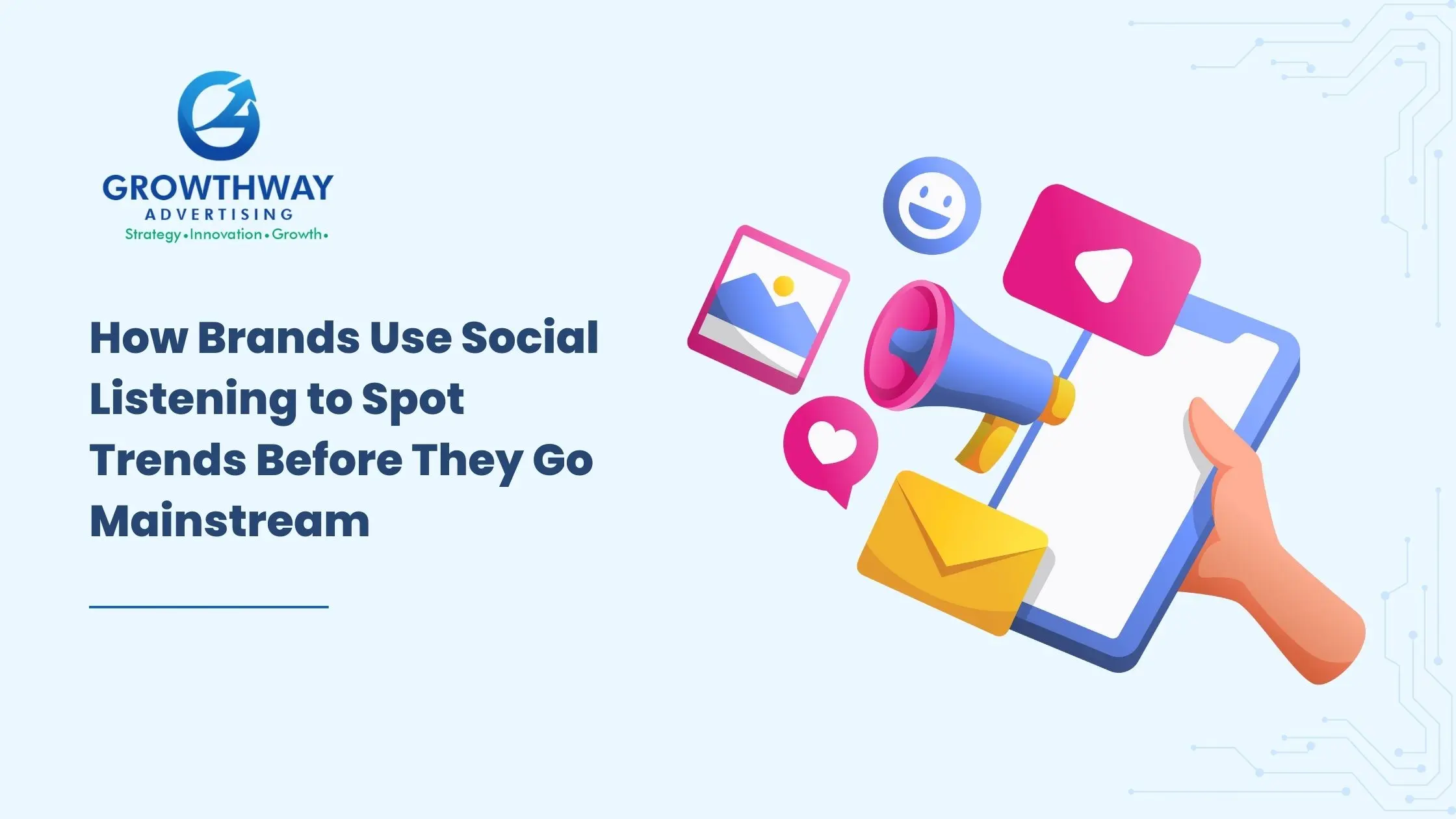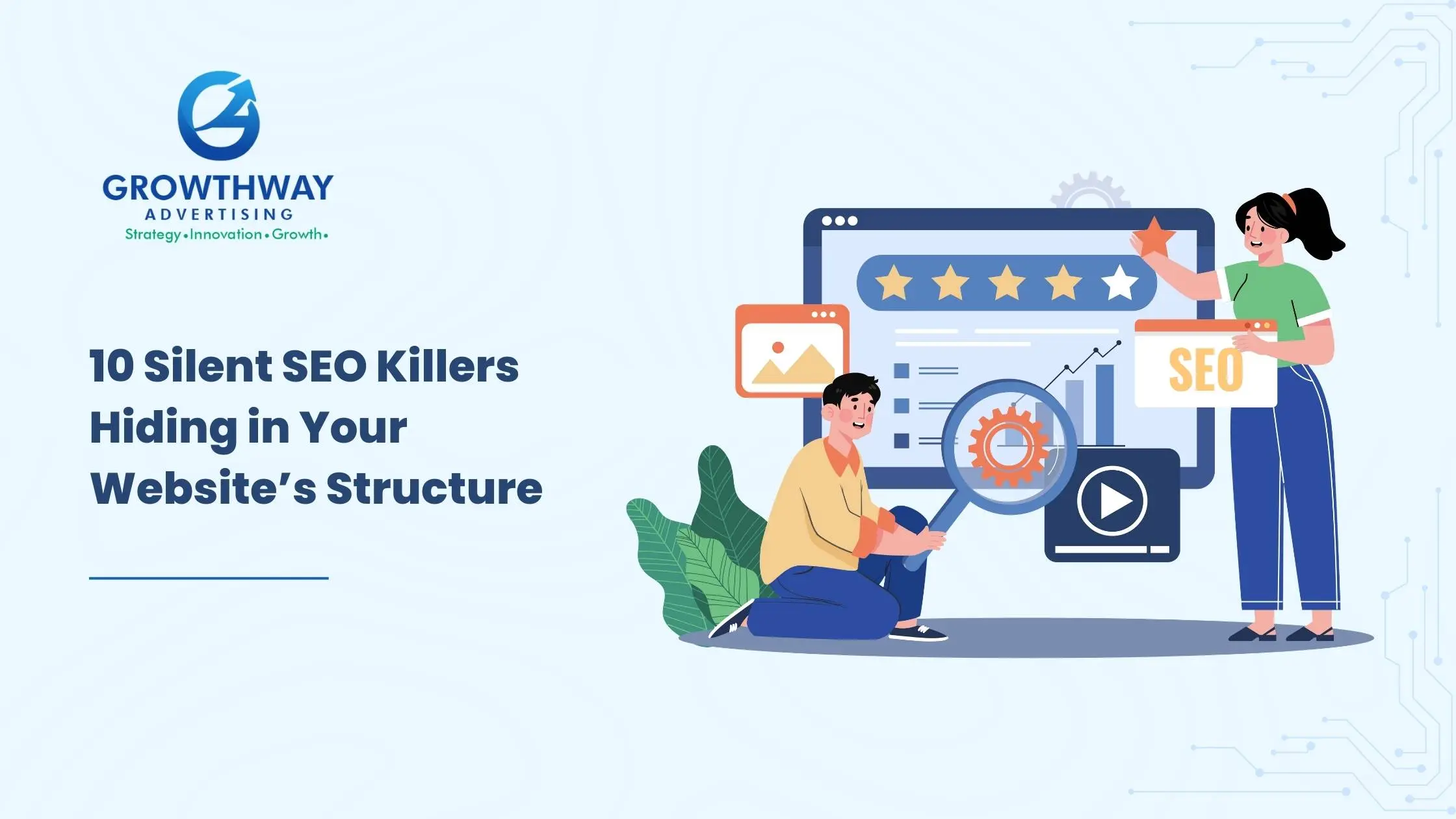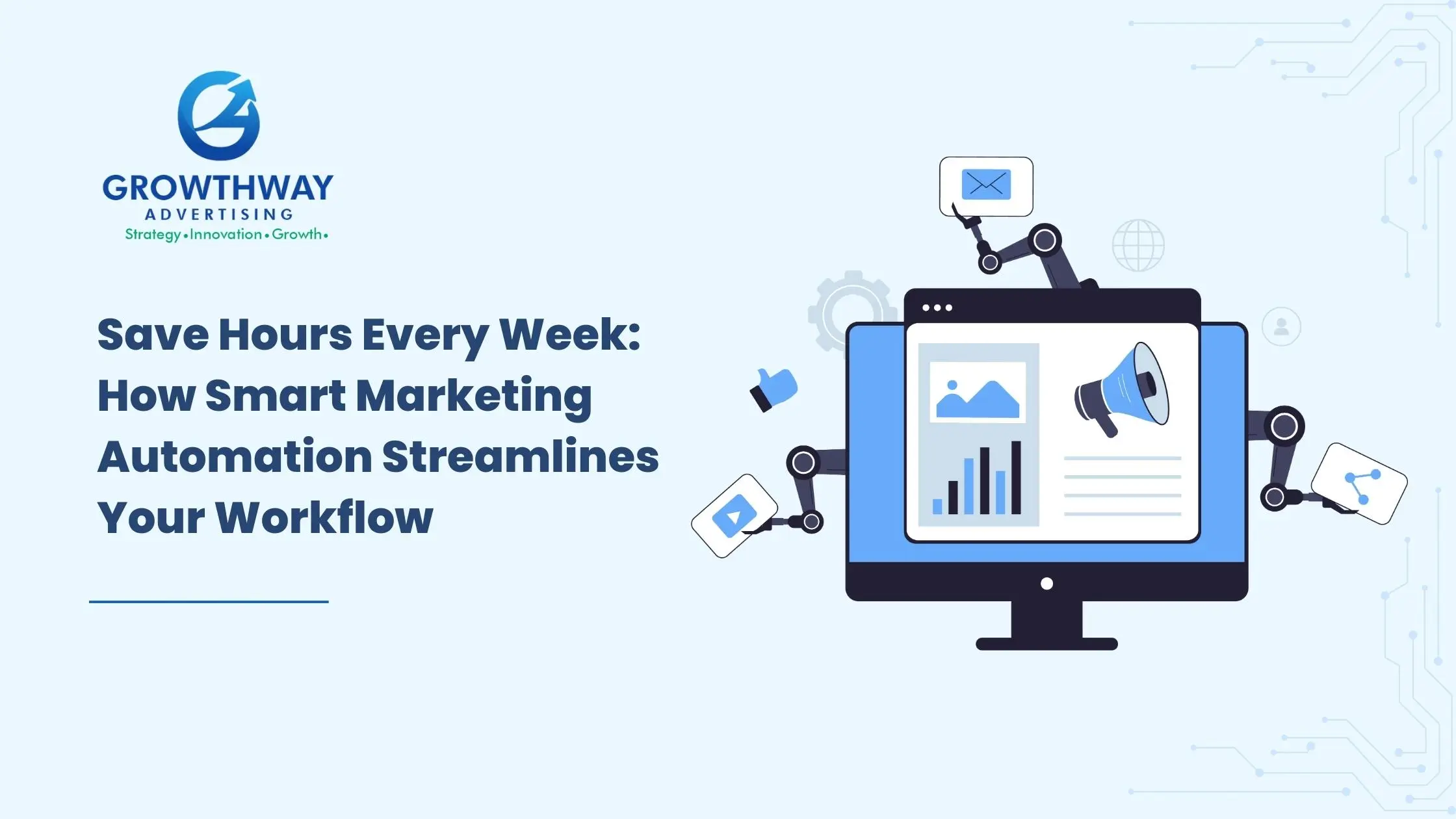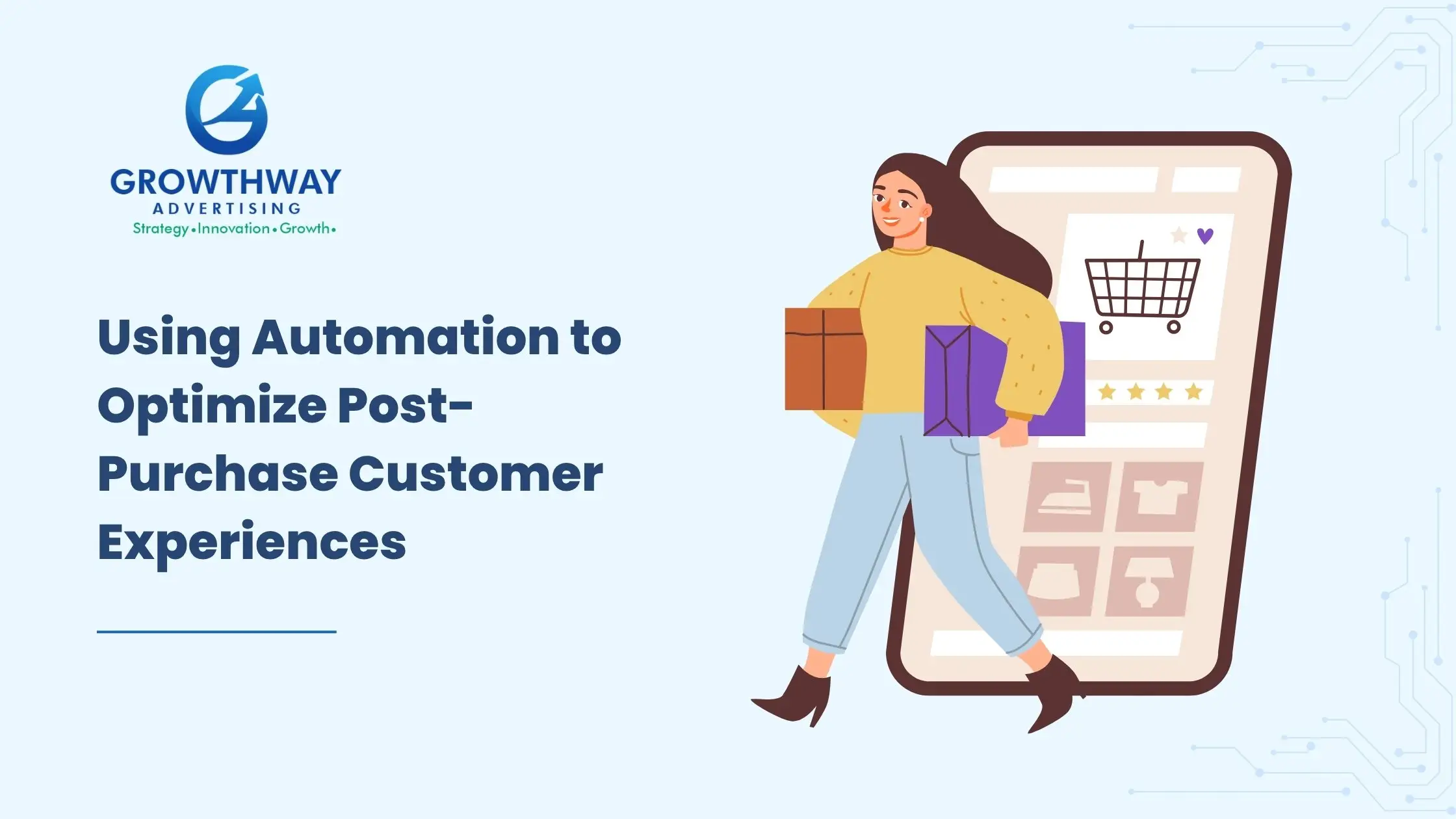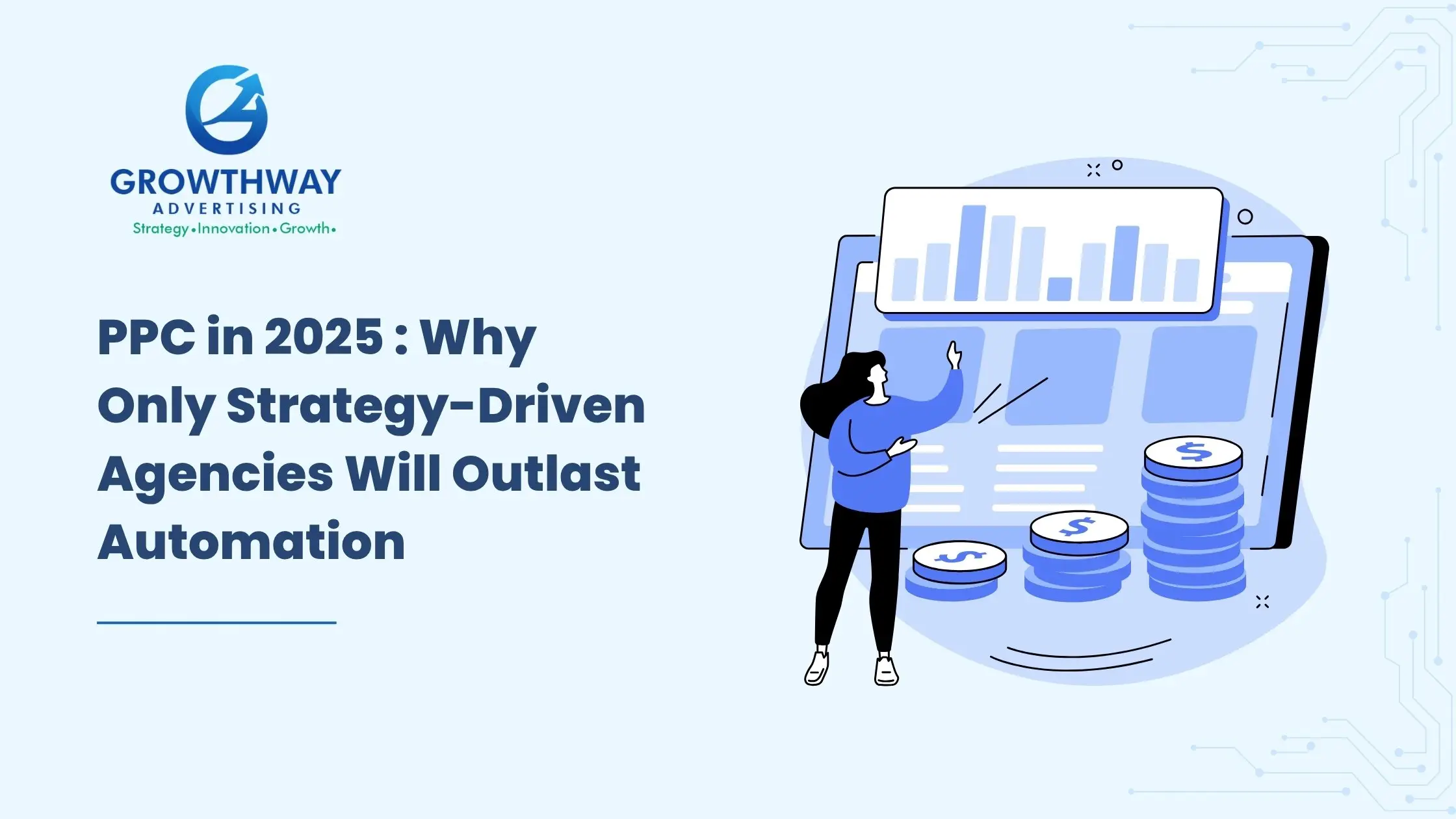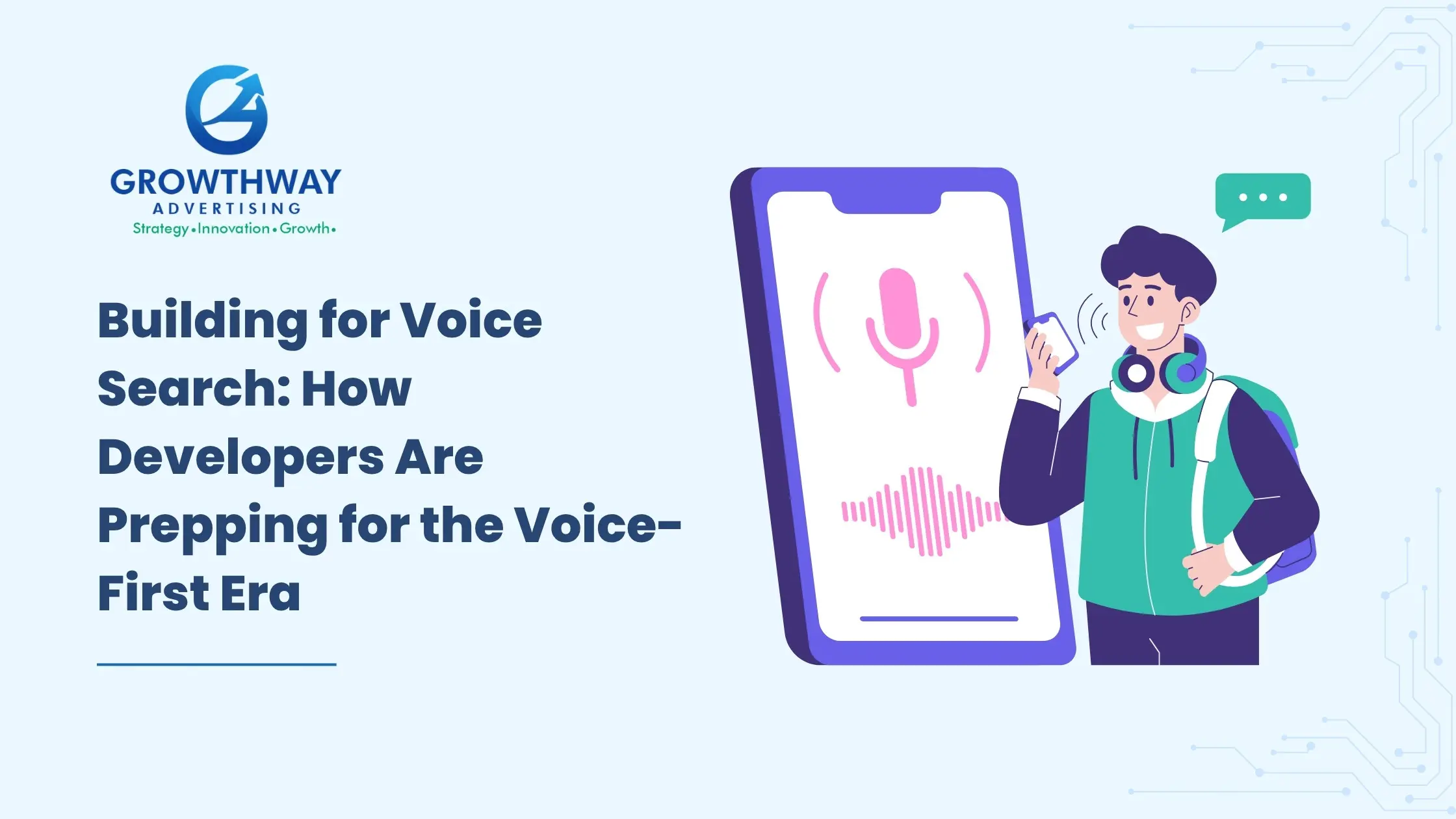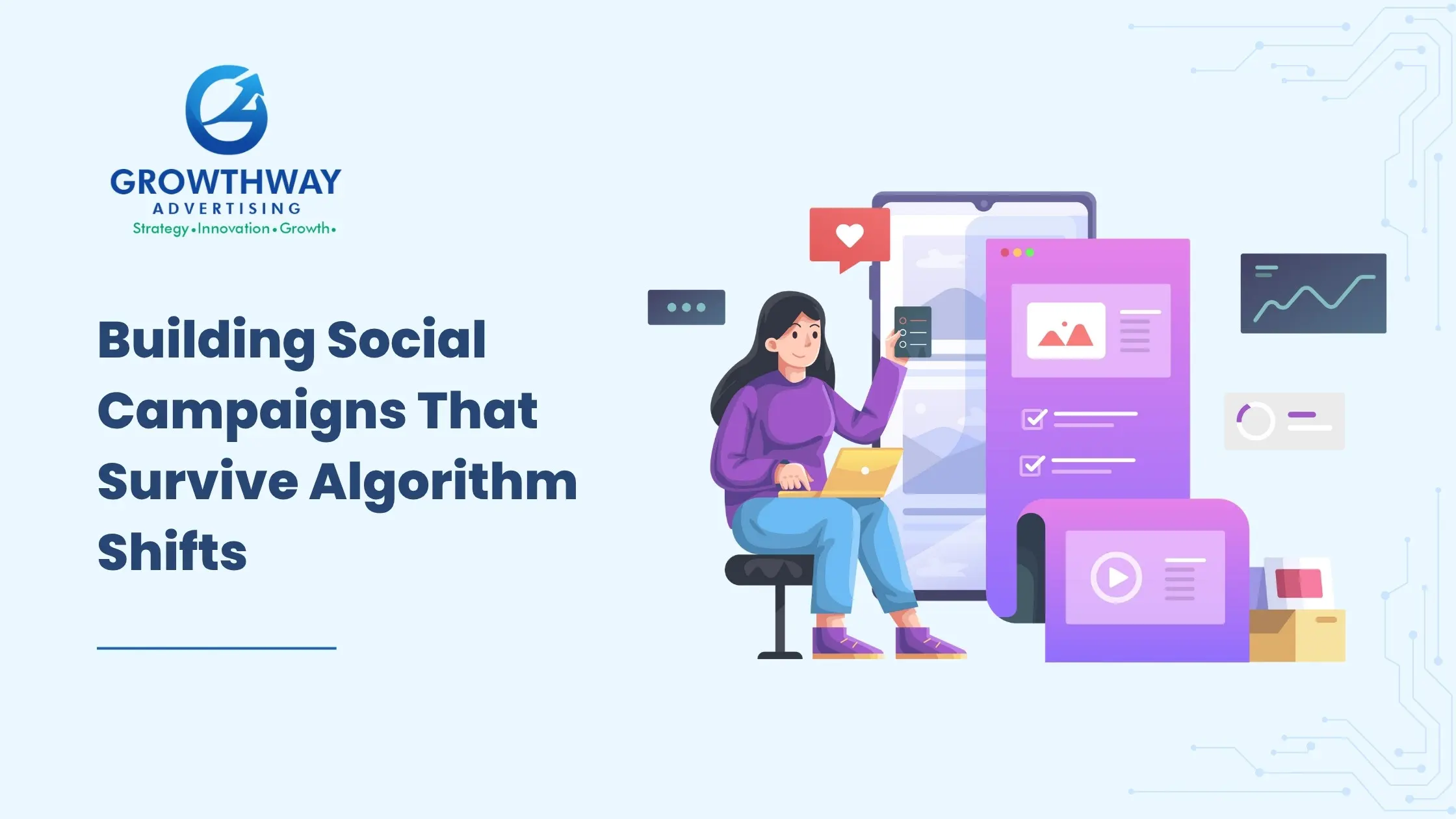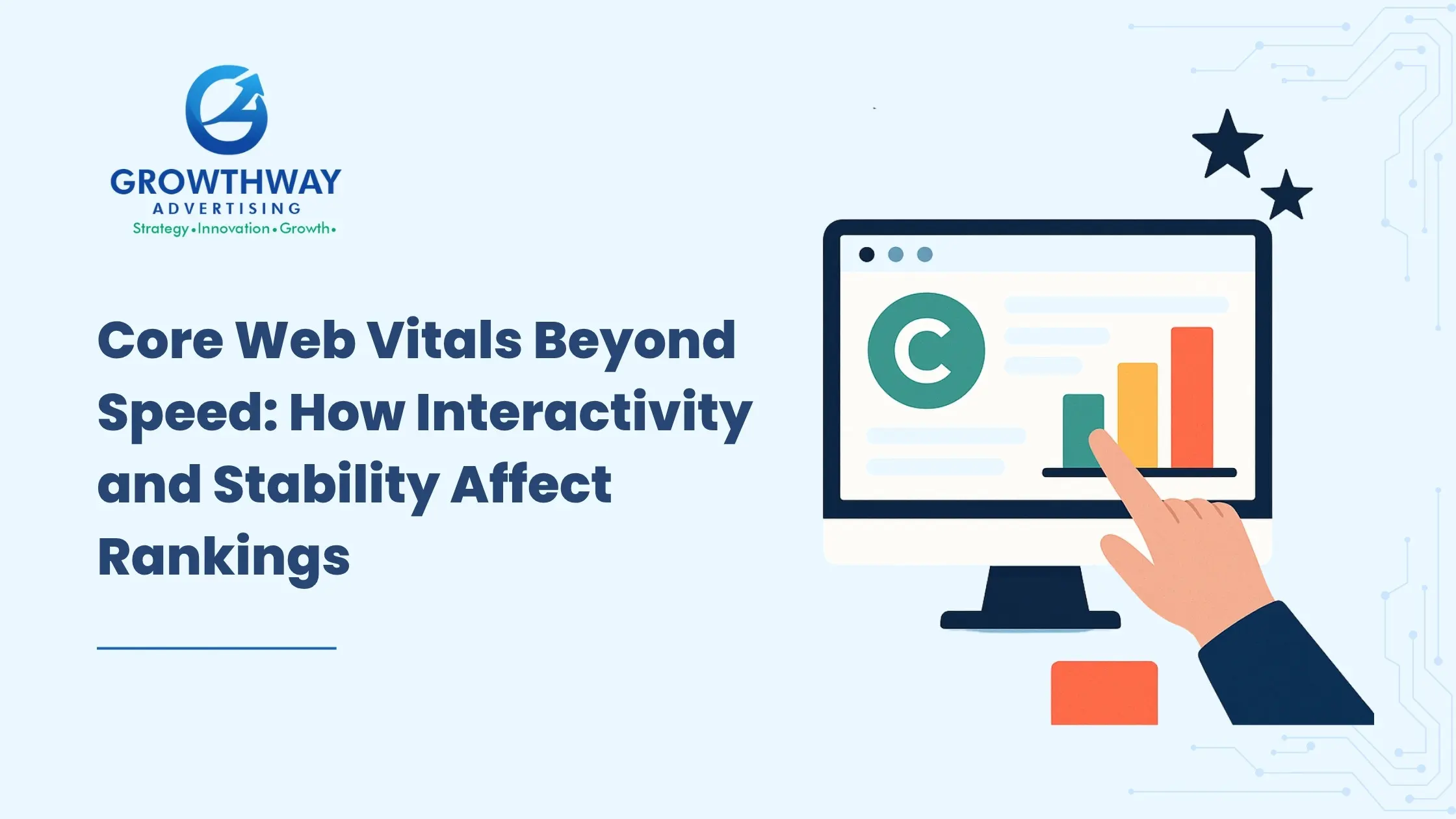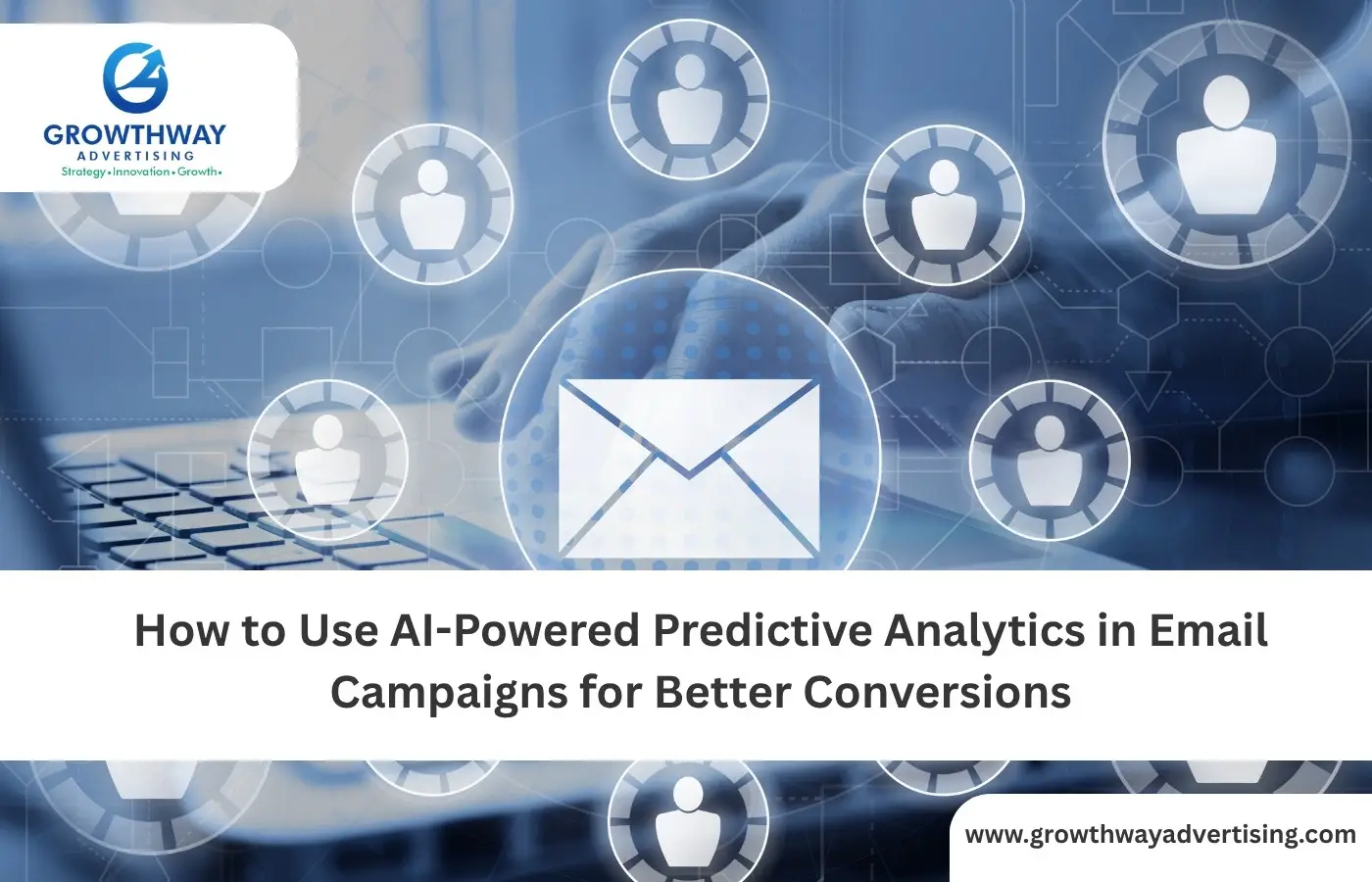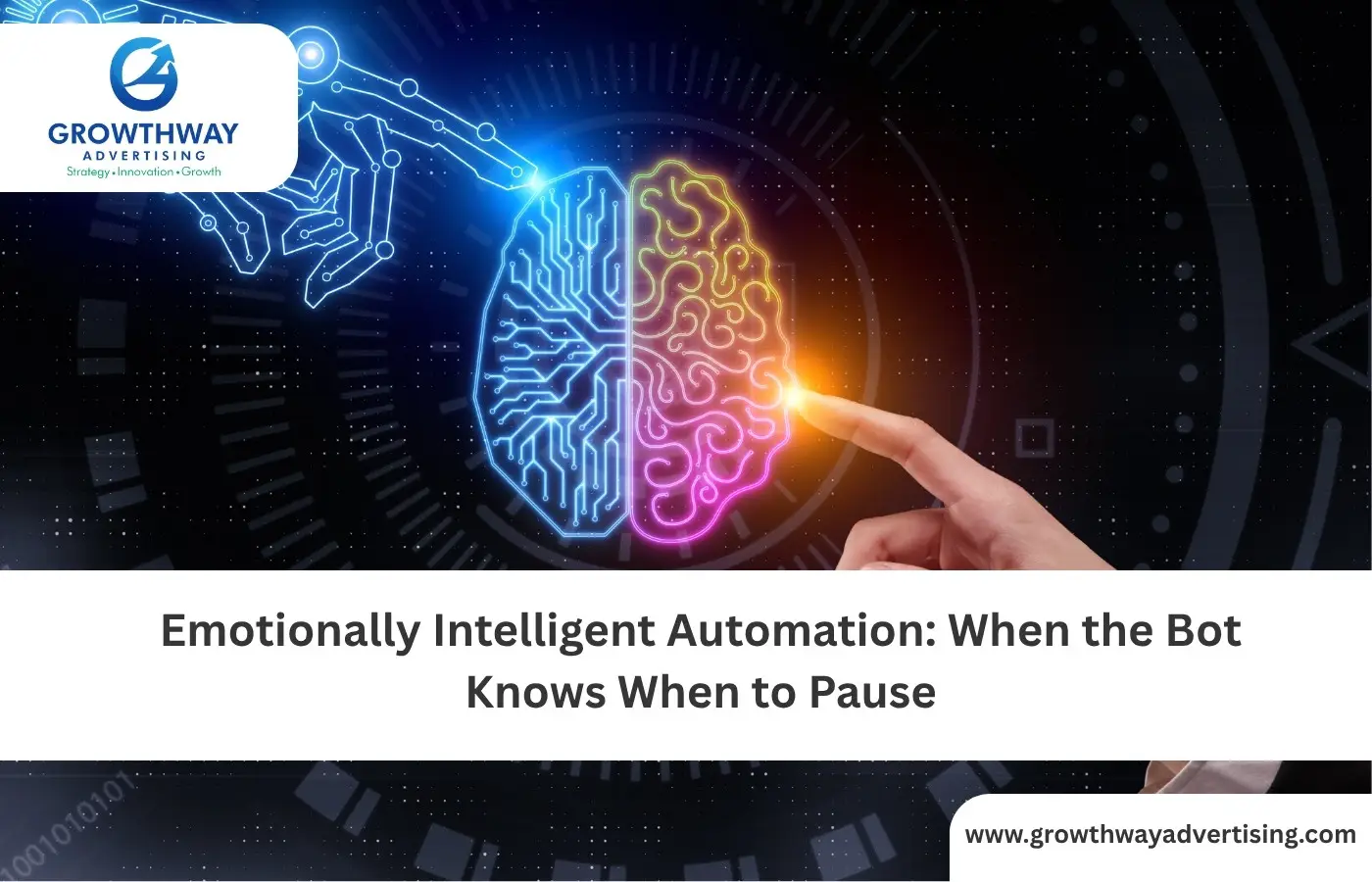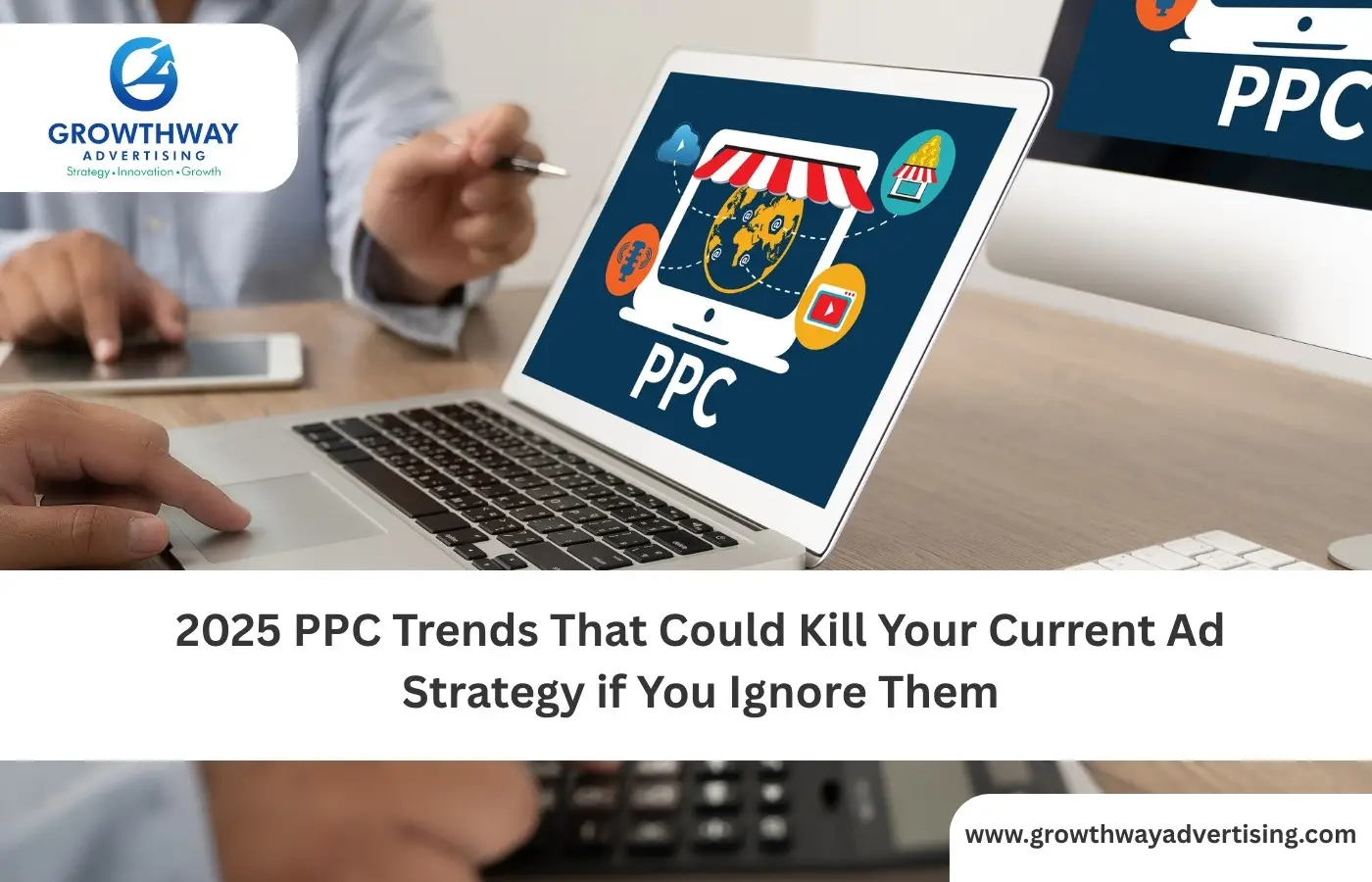In today’s hyper-connected landscape, customers don’t just interact with brands, they experience them across dozens of touchpoints. From social media to email, SMS to WhatsApp, landing pages to live chat, the modern buyer journey is fragmented, nonlinear, and deeply personalized. This is where Full-Funnel Omnichannel Automation becomes not just a strategy, but a necessity.
Whether you’re a marketing automation company or a brand seeking automated marketing services, the goal is the same: to orchestrate seamless, personalized journeys that span the entire funnel from awareness to conversion to retention.
Understanding Full-Funnel Omnichannel Automation
Full-funnel marketing refers to the strategic alignment of content, messaging, and automation across every stage of the buyer journey. When layered with Omnichannel Marketing, it ensures that these touchpoints are not siloed but interconnected creating a unified experience whether the customer engages via email, social, mobile, or web.
This approach goes beyond basic marketing automation. It involves:
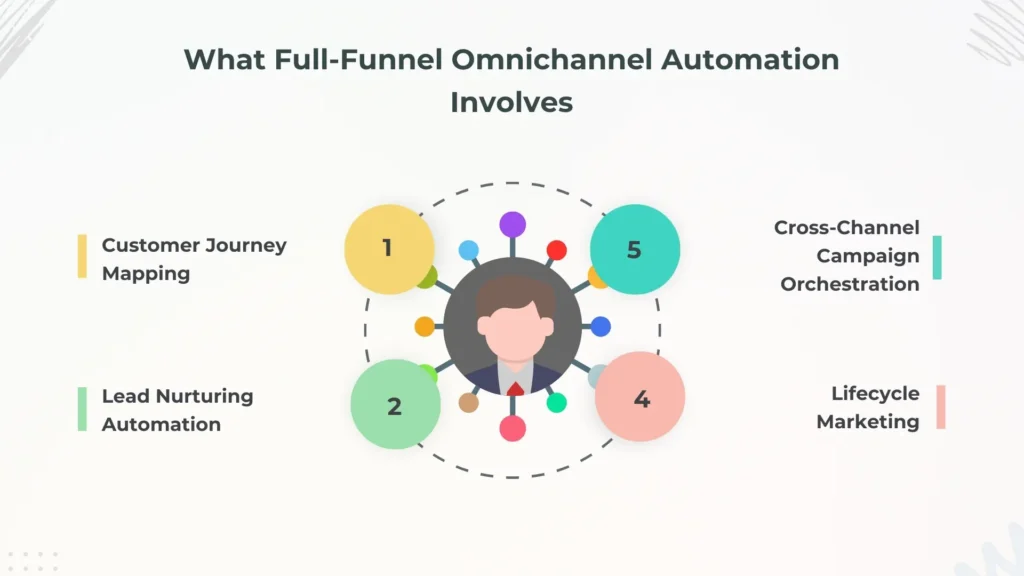
- Customer journey mapping to visualize and optimize every interaction.
- Lead nurturing automation that adapts to behavior and intent.
- Cross-channel campaign orchestration to maintain message consistency.
- Lifecycle marketing that evolves with the customer’s needs.
What Most Strategies Cover Well
Many brands and agencies offering marketing automation services already implement foundational tactics. These include:
1. Funnel-Wide Personalization
Using behavioral data, brands tailor messaging based on user actions clicks, downloads, purchases, and more. This drives relevance and boosts engagement.
2. Email + SMS Automation
Combining email sequences with SMS reminders ensures higher visibility and response rates. This is especially effective for cart abandonment, onboarding, and re-engagement flows.
3. CRM Integration
Connecting automation platforms with CRMs enables real-time data syncing, better segmentation, and more accurate predictive lead scoring.
4. Retargeting & Lead Nurturing
Automated retargeting campaigns across social and display networks help re-engage users who drop off mid-funnel. Meanwhile, lead nurturing automation keeps prospects warm until they’re ready to convert.
What’s Missing in Omnichannel Automation
While the basics are covered, several high-impact areas remain underutilized. These gaps present opportunities for differentiation especially for brands offering marketing automation consultation or automated marketing services.
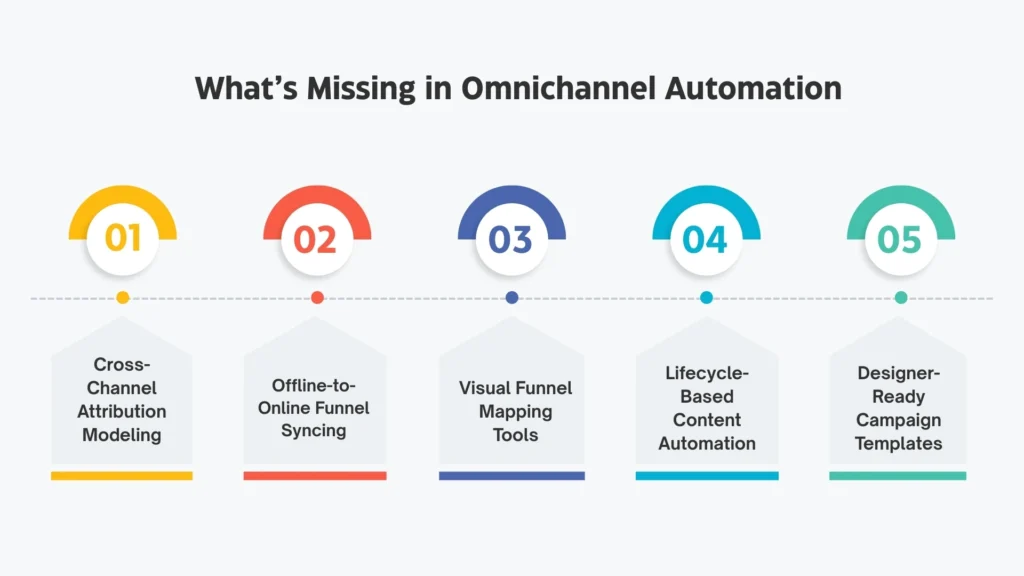
1. Cross-Channel Attribution Modeling
Most funnels fail to track which touchpoints actually drive conversions. Without attribution modeling, it’s impossible to optimize spend or messaging. Implementing multi-touch attribution across channels email, paid media, organic, and offline can drastically improve automation cost efficiency.
2. Offline-to-Online Funnel Syncing
Events, retail visits, and call center interactions are often disconnected from digital journeys. Integrating offline data into your customer journey mapping ensures a truly omnichannel experience.
3. Visual Funnel Mapping Tools
Text-based workflows are hard to interpret. Visual funnel builders help teams align on strategy and execution. These tools also aid in marketing automation consultation, making it easier to present ideas to stakeholders.
4. Lifecycle-Based Content Automation
Most funnels treat all leads the same. Segmenting by lifecycle stage new lead, active prospect, customer, churn risk allows for more relevant messaging and better lead generation outcomes.
5. Designer-Ready Campaign Templates
Automation is only as good as the creative it delivers. Providing visual templates for emails, ads, and landing pages streamlines execution and ensures brand consistency across every cross-channel campaign.
Building Seamless Journeys: Step-by-Step Framework
To truly master Full-Funnel Omnichannel Automation, brands must go beyond tools and tactics. They need a strategic framework that aligns messaging, data, and delivery across every touchpoint.
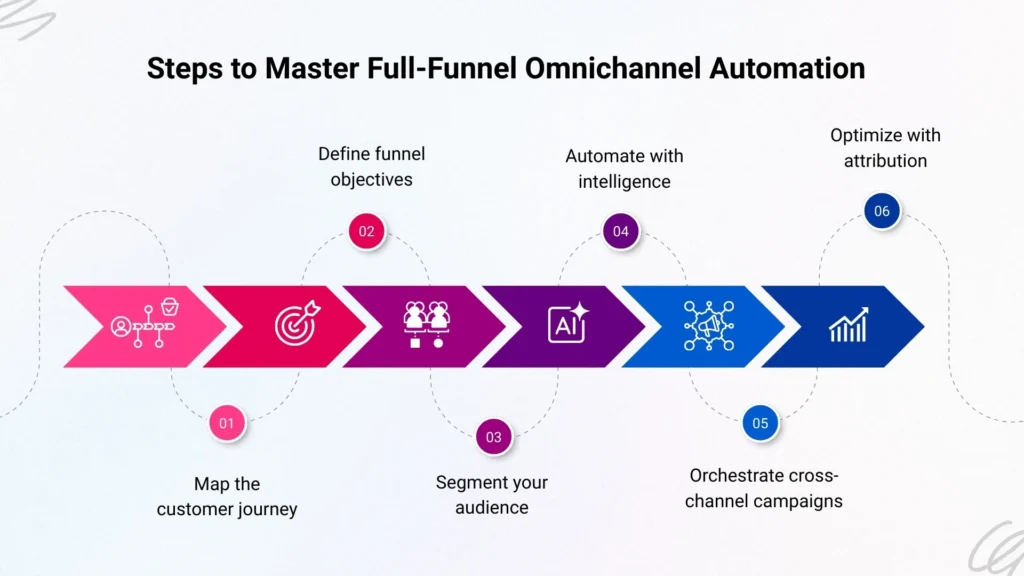
Step 1: Map the Customer Journey
Start with customer journey mapping. Identify key stages of awareness, consideration, decision, retention and the channels customers use at each point. Use heatmaps, analytics, and surveys to understand behavior.
Step 2: Define Funnel Objectives
Each stage should have a clear goal. For example:
- Awareness: Drive traffic via paid and organic.
- Consideration: Capture leads with gated content.
- Decision: Convert with personalized offers.
- Retention: Engage with loyalty programs and upsells.
Align these goals with KPIs like CTR, conversion rate, and automation cost efficiency.
Step 3: Segment Your Audience
Use CRM and CDP data to segment by:
- Demographics
- Behavior
- Purchase history
- Funnel stage
This enables lifecycle marketing and supports dynamic content delivery.
Step 4: Automate with Intelligence
Leverage platforms that support:
- Predictive lead scoring to prioritize high-intent users.
- AI-driven content recommendations.
- Real-time personalization based on behavior.
This is where a strong marketing automation company or marketing automation consultation partner can add value.
Step 5: Orchestrate Cross-Channel Campaigns
Design campaigns that span:
- SMS
- Social media
- Paid ads
- Website personalization
Ensure message consistency and timing across all channels. Use unified dashboards to monitor performance.
Step 6: Optimize with Attribution
Implement multi-touch attribution to understand which channels and messages drive results. This informs budget allocation and creative strategy.
Real-World Use Cases
B2B SaaS Funnel
A SaaS company uses automated marketing services to nurture leads from demo requests to onboarding. They deploy:
- Email sequences based on trial behavior.
- SMS reminders for demo follow-ups.
- Retargeting ads for decision-stage leads.
- Personalized onboarding flows based on role and use case.
This full-funnel approach increases trial-to-paid conversion by 37%.
D2C Ecommerce Funnel
An ecommerce brand leverages marketing automation services to drive repeat purchases. Their funnel includes:
- Welcome emails with product recommendations.
- Abandoned cart SMS nudges.
- Loyalty program invites via WhatsApp.
- Upsell offers based on purchase history.
By integrating cross-channel campaigns, they reduce churn and boost CLTV.
Tools That Enable Seamless Journeys
To execute this strategy, brands need platforms that support:
- Visual workflow builders
- CRM/CDP integration
- Real-time personalization
- Multi-channel delivery
- Attribution modeling
Whether you’re a marketing automation company or a brand seeking automated marketing services, choosing the right stack is critical.
Final Thoughts on Strategic Execution
Full-funnel marketing isn’t just about automation, it’s about orchestration. It’s about designing journeys that feel intuitive, personalized, and frictionless. By combining Omnichannel Marketing with intelligent automation, brands can meet customers where they are and guide them seamlessly to where they want to go.
From lead generation to retention, from awareness to loyalty, every touchpoint matters. And with the right strategy, every touchpoint can convert.
FAQ’s
Omnichannel Marketing ensures that prospects receive relevant messages wherever they engage boosting visibility, trust, and ultimately lead generation through coordinated cross-channel campaigns.
Brands use visual workflow builders, CRM integrations, and behavioral analytics platforms for customer journey mapping, helping them design seamless experiences across the funnel.
Lifecycle marketing targets customers based on their stage in the buyer journey (e.g., onboarding, upsell), while lead nurturing automation focuses on guiding prospects toward conversion through personalized content.
By using centralized platforms and unified data, cross-channel campaigns maintain consistent messaging and timing across email, SMS, social, and paid media critical for full-funnel marketing success.
Without omnichannel marketing, brands risk fragmented messaging, poor customer experience, and lost conversions. Automation ensures continuity, personalization, and measurable ROI.

